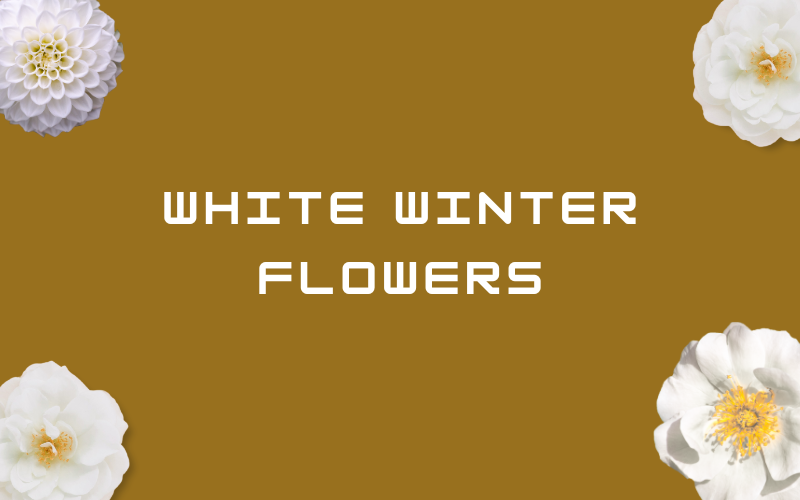In the midst of a winter wonderland, white winter flowers emerge, bringing a sense of serenity and beauty to the landscape. These delicate blossoms, with their pure and pristine petals, create a stunning contrast against the backdrop of snow-covered fields and frost-kissed trees.
As the world around us seems to hibernate, these ethereal flowers remind us that life and beauty can still thrive even in the coldest of seasons. From the elegant white camellias to the graceful snowdrops, these winter blooms add a touch of enchantment to gardens and bouquets alike. Their soft and subtle fragrance, reminiscent of freshly fallen snow, fills the air and lifts our spirits.
White Winter Flowers
Candytufts
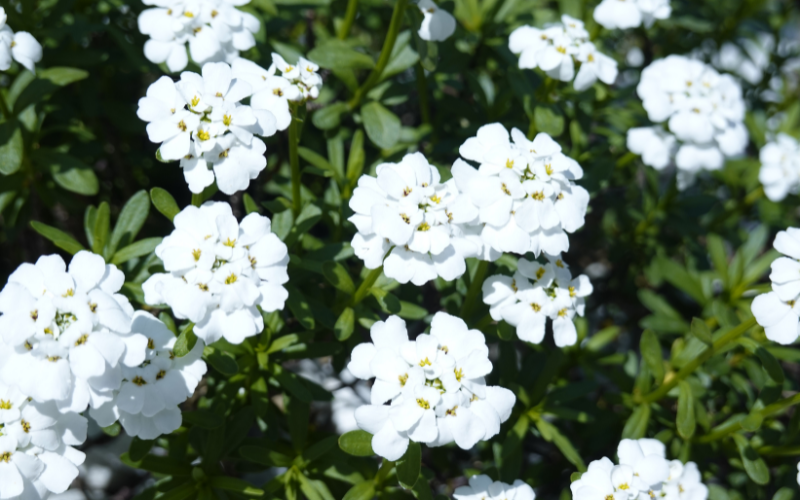
The candytuft flower is a charming and delicate plant. It is scientifically known as Iberis sempervirens. It is native to southern Europe and the Mediterranean region. Candytufts are low-growing plants that typically reach heights of about 6 to 12 inches (15 to 30 cm).
It is available in various flower colors, including white, pink, purple, and shades. Candytufts prefer full sun to light shade. They thrive in well-draining soil and can tolerate rocky or sandy soils.
Crocus
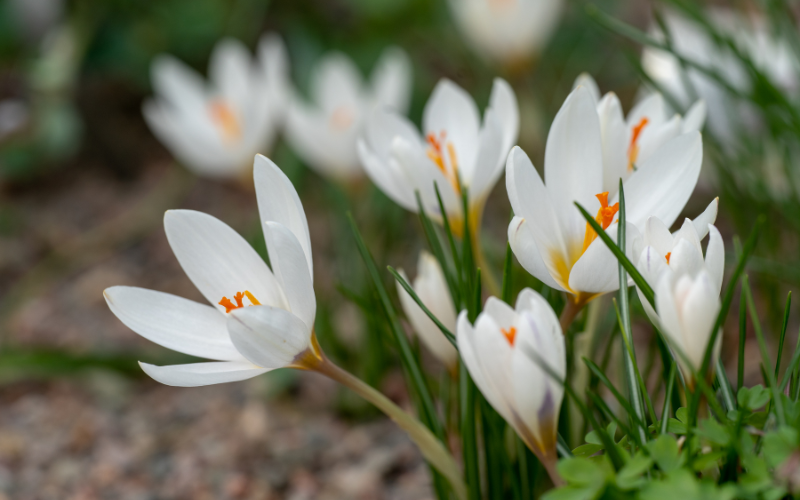
Crocus is a beautiful flower. It is native to Europe, North Africa, and Asia. It comes in a wide range of colors, including purple, white, yellow, and even striped varieties. They can start blooming as early as late winter or early spring.
Crocus comes in a wide range of colors, including purple, white, yellow, blue, and various shades in between. Crocuses prefer well-draining soil and thrive in full sun or light shade. They are well-suited for planting in lawns, rock gardens, borders, and even containers.
Pansies
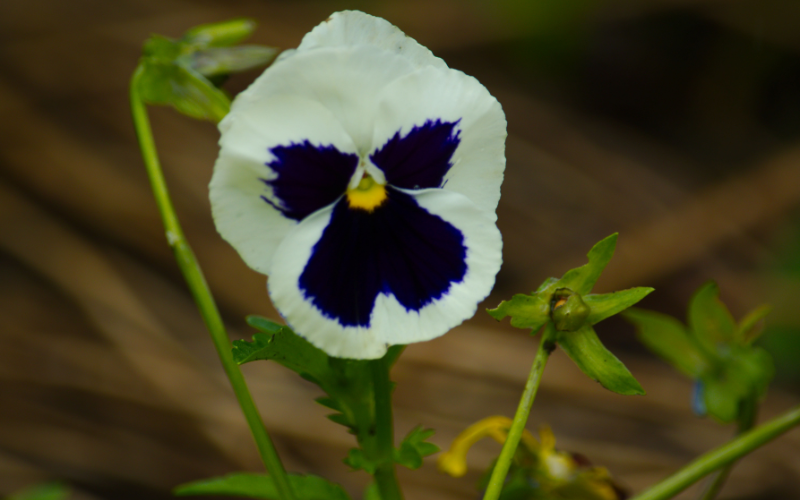
Pansies are charming flowers. It is scientifically known as Viola × wittrockiana. Pansies are popular choices for garden beds, containers, borders, and even hanging baskets. Pansies come in a wide range of colors, including shades of purple, blue, yellow, orange, red, and white.
Pansies are known for their ability to bloom during both cool seasons—spring and fall. Pansies thrive in well-draining soil with good organic content. They prefer full sun to partial shade, but they might benefit from some shade during the hot summer months.
Camellias
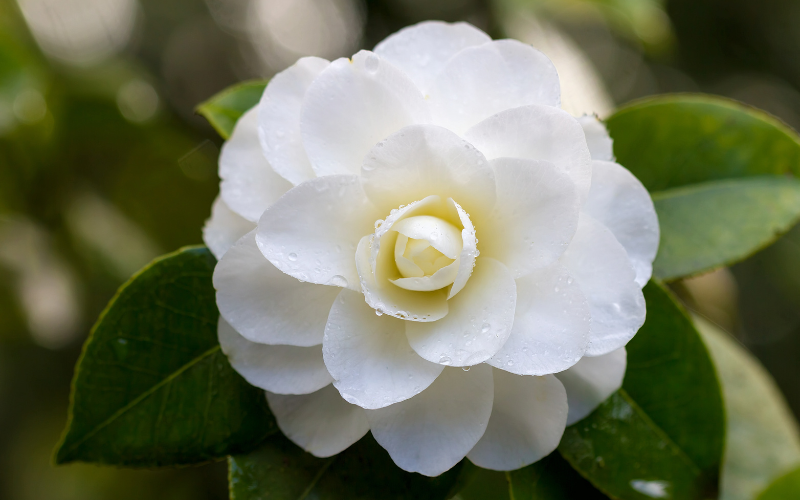
Camellias is a beautiful flower. They belong to the family Theaceae. Camellias are native to Asia, particularly China and Japan. Camellia flowers are typically large and showy, with a range of forms including single, semi-double, and double blooms.
Camellias come in various colors, including white, pink, red, and even yellow. Camellias generally bloom in late fall, winter, or early spring, depending on the specific variety. Camellias have different symbolic meanings across cultures. In general, they can represent love, devotion, and admiration.
Primroses
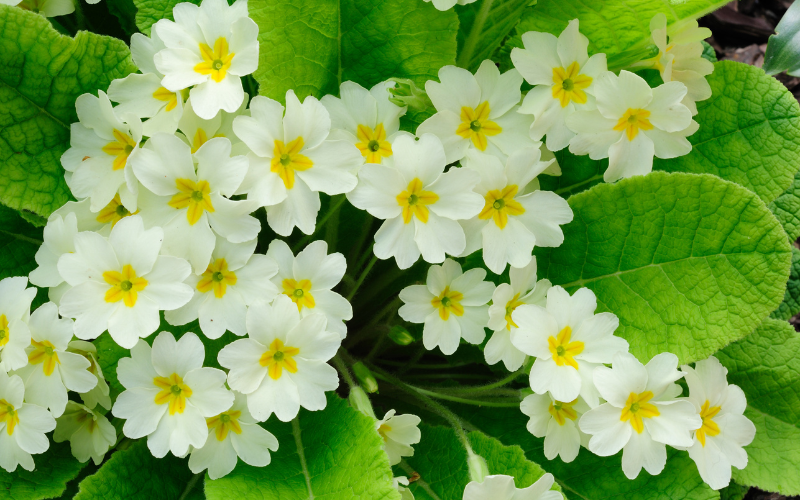
Primroses are delicate and charming flowers. It is scientifically known as Primula vulgaris. These charming and early-blooming plants are native to Europe, Asia, and North America.
The flowers can be single or double and come in a wide range of colors, including shades of white, pink, purple, blue, yellow, and red. Primroses are known for their early spring bloom. Most primroses prefer partial shade to full shade. They are well-suited for woodland gardens and shaded areas.
Snowdrop

Snowdrop is a beautiful flower. It is scientifically known as Galanthus. These charming flowers are native to Europe and parts of Asia. Snowdrops are often the first flowers to bloom in late winter to early spring. They consist of three white tepals (petals and sepals that look similar) that form a small bell-shaped bloom, resembling a droplet of milk or snow.
They are considered one of the earliest flowering bulbs, often emerging when snow is still present. The Snowdrop’s resilience and ability to bloom despite harsh conditions make it a symbol of strength.
Clematis cirrhosa
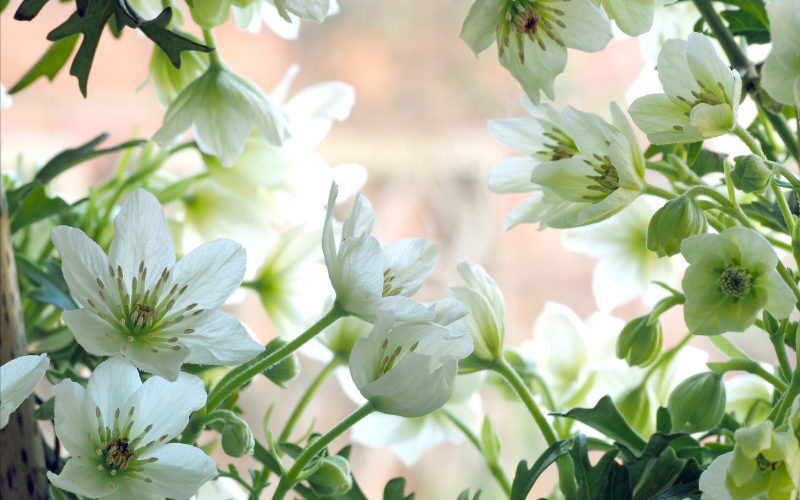
The Clematis cirrhosa is a stunning flower. It is also known as the winter-flowering clematis. It is native to the Mediterranean region. The flowers of the Clematis cirrhosa are typically creamy white or pale yellow.
Clematis cirrhosa is the ability to bloom during the winter, usually from late autumn through early spring. Clematis cirrhosa is a climbing vine that can reach heights of around 6 to 12 feet (1.8 to 3.6 meters). Clematis cirrhosa is an excellent choice for adding winter interest to the garden.
Winter honeysuckle
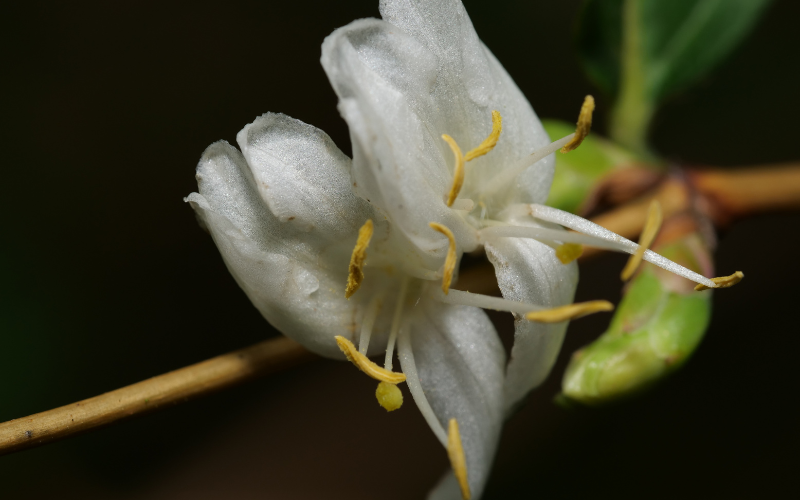
Winter honeysuckle is a beautiful flower. It is scientifically known as Lonicera fragrantissima. The flowers of winter honeysuckle are small, tubular, and white or creamy-yellow in color. Winter honeysuckle is known for its ability to bloom during the winter months, typically from late winter to early spring.
Winter honeysuckle is a spreading shrub that can grow up to 6 to 10 feet (1.8 to 3 meters) in height and width. Winter honeysuckle performs well in full sun to partial shade. It can tolerate a range of light conditions but generally prefers some sun for optimal flowering.
Paperbush
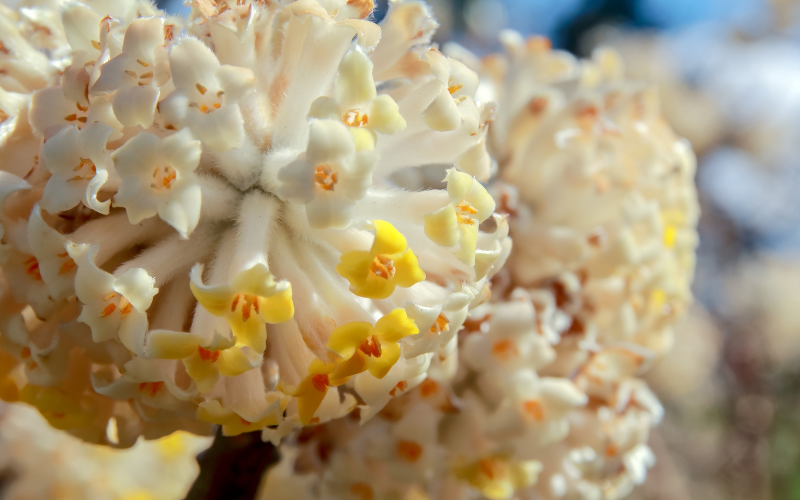
Paperbush is a stunning flower. It is scientifically known as Edgeworthia Chrysantha. It is native to China, Nepal, and India. They are typically creamy or pale yellow in color and have a strong, sweet fragrance. Paperbush is well-known for its winter blooms, typically appearing from late winter to early spring.
Paperbush is a multi-stemmed shrub that can reach heights of 4 to 6 feet (1.2 to 1.8 meters) with a similar spread. Paperbush prefers partial to full sun. In warmer climates, it benefits from some afternoon shade to protect it from intense sun.
Hellebores

Hellebores are stunning flowering plants. It is also known as the Christmas rose or Lenten rose. It is native to Europe and Asia. Hellebores produce unique, cup-shaped flowers that can come in various colors, including shades of white, pink, purple, green, and even dark red.
Hellebores are known for their early bloom, typically starting in late winter and continuing through early spring, depending on the species and variety. The plants generally grow between 12 to 24 inches (30 to 60 cm) in height.
Conclusion
We hope you enjoyed exploring the beauty of white winter flowers in our blog post. Winter may be known for its cold and barren landscape, but these stunning white blooms bring a sense of elegance and tranquility to any garden or floral arrangement. From delicate snowdrops to the bold and regal white amaryllis, there are a variety of white winter flowers that can add a touch of magic to the season. Whether you’re a seasoned gardener or simply appreciate the beauty of flowers, incorporating white winter blooms into your surroundings will surely bring joy and serenity during the colder months. Happy gardening!
